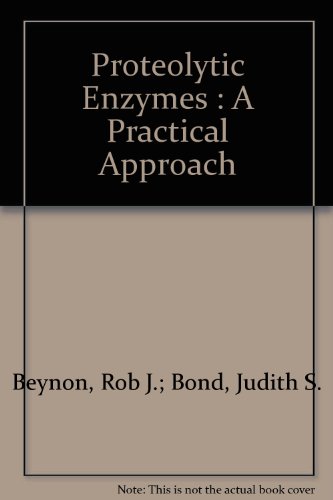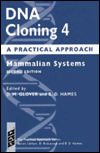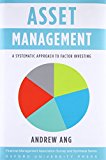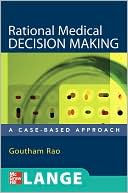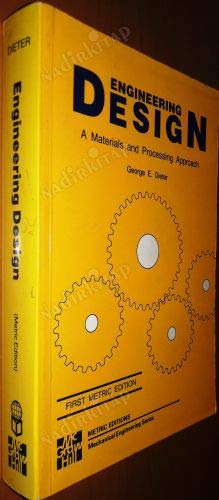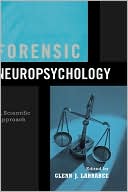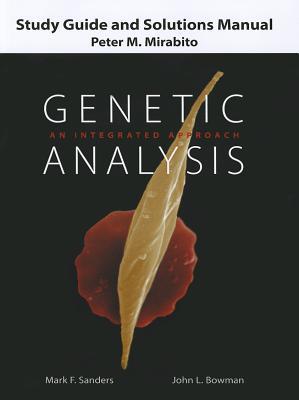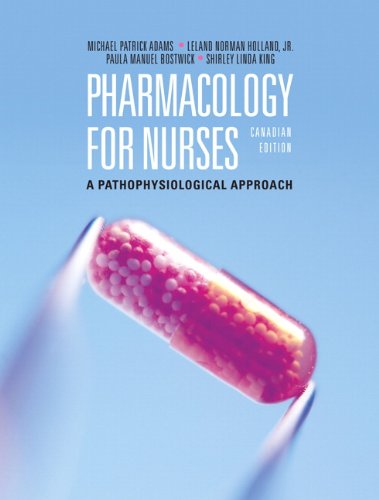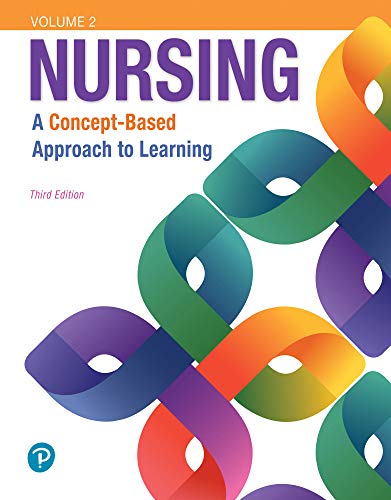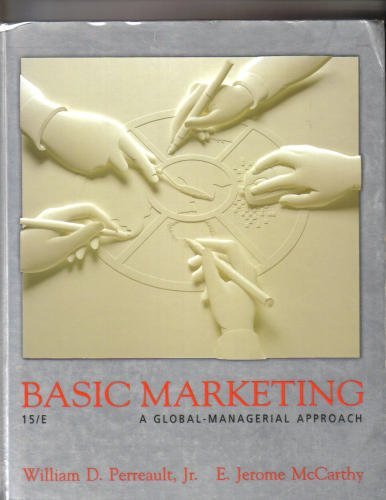Proteolytic Enzymes: A Practical Approach
N/a
Proteolytic Enzymes: Nomenclature And Classification / Alan J. Barrett -- Terminology And Nomenclature -- Peptidase And Related Terms -- Specificity-subsite Terminology -- Catalytic Type -- Homology -- The Ec Classification Of Peptidases -- What Is The Ec System? -- What Information Does The Ec List Contain? -- When And How Can A Newly-discovered Peptidase Be Added To The Ec List? -- The Merops System For The Classification Of Peptidases -- Families -- Clans -- Individual Peptidases -- Uses Of The Merops System -- Steps One Might Take On Discovering A New Peptidase -- Purification Of Proteolytic Enzymes / Sherwin Wilk -- Prelude To Purification -- Assay -- Initial Considerations -- Buffer Composition -- Membrane-bound Or Soluble? -- Membrane-bound Enzymes -- Endogenous Inhibitors And Activators -- General Scheme For Purification Of Proteolytic Enzymes -- Initial Steps -- Intermediate And Final Steps -- Specialized Techniques For Proteolytic Enzymes -- Peptidyl Aldehyde Affinity Chromatography -- Affinity Columns For Cysteine Proteinases -- Affinity Columns For Trypsin-like Enzymes -- Affinity Columns For Metalloproteinases -- Other Affinity Columns -- Optimization Of The Purification Protocol -- Determination Of Homogeneity -- Purification Of The Proteasome; Ec 3.4.99.46 -- Conclusions: Many Roads Lead To Rome -- Protease Assay Methods / Gautam Sarath, Michael G. Zeece, Alan R. Penheiter -- Assays With Natural Substrates -- Endopeptidase Assays -- Exopeptidase Assays -- Assays With Synthetic Substrates. Endopeptidase And Aminopeptidase Substrates -- Spectrophotometric Assays -- Fluorimetric Assays -- Miscellaneous Fluorimetric Methods -- Carboxypeptidase Substrates -- Radiometric Assays -- Hplc Assays For Peptidases -- Capillary Electrophoretic Analyses Of Proteases -- Solid-phase Protease Assays -- Gel Electrophoretic Methods -- Plate Assays -- Miscellaneous Solid-phase Assays -- Assays For Histochemical Studies -- Determination Of Protease Mechanism / Ben M. Dunn -- Introduction -- The Importance Of Mechanistic Classification -- The Serine Peptidases -- The Cysteine Peptidases -- The Aspartic Peptidases -- The Metallopeptidases -- Methods For Determining The Mechanistic Class -- Classification Based On 'standard' Inhibitors -- Chemical Modification/identification -- Site-directed Mutagenesis -- Mechanistic Distinctions -- Intermediates -- Kinetic Studies To Probe The Mechanism In More Detail -- Notes On 'ideal' Assays -- Kinetic Determination Of K[subscript M] And K[subscript Cat] -- Ph Dependence Of The Kinetic Parameters -- Solvent Deuterium Isotope Effects -- Transition State Analogues And Substrate Alteration -- Determination Of Primary Specificity Of A Protease -- Degradation Of Standard Proteins And Peptides -- Cleavage Of Homologous Synthetic Peptides -- Inhibition Of Proteolytic Enzymes / Guy S. Salvesen, Hideaki Nagase -- Introduction: Which Inhibitors? -- Principles For Using Irreversible And Reversible Inhibitors -- General Structure Of Synthetic Inhibitors -- How To Live With Crossreactivity. Practical Use Of Inhibition Constants -- Irreversible Inhibitors -- Reversible Inhibitors -- Non-specific Inhibitors -- [alpha]-macroglobulins -- Peptide Aldehydes -- Peptide Chloromethyl Ketones -- Metal Chelators -- Class-specific Inhibitors -- Serine Proteases -- Cysteine Proteases -- Proteasome -- Metalloproteases -- Aspartic Proteases -- Inhibitors As Active-site Titrants -- Cysteine Proteases -- Serine Proteases -- Protease Inhibitors In Cell Culture -- Suppression Of Proteolysis -- Therapeutic Value Of Protease Inhibitors -- Finding, Purification And Characterization Of Natural Protease Inhibitors / Hideaki Nagase, Guy S. Salvesen -- The Meaning Of Inhibition -- Finding Protease Inhibitors -- Screening Of Inhibitors From Natural Sources -- Finding Inhibitors By Reverse Zymography -- Finding Inhibitors From Dna Sequences -- Combinatorial Protease Inhibitors -- Purification Of Natural Protease Inhibitors -- Use Of The Target Enzyme As An Affinity Ligand -- Conventional Purification -- Reverse Zymography -- Characterization Of Inhibitors: Inhibition Kinetics -- The Importance Of Kinetics -- Ic[subscript 50] And Percentage Inhibition -- Practical Inhibitor Kinetics -- Reversible Inhibitors -- Irreversible Inhibitors -- Practical Applications Of Protein Inhibitors -- Mass Spectrometry Of Proteolysis-derived Peptides For Protein Identification / Bernhard Kuster, Andrej Shevchenko, Matthias Mann -- Mass Spectrometry -- Methods Of Ionization -- Mass Analysis -- Tandem Mass Spectrometry. Interrogation Of Sequence Databases Using Mass Spectrometry Data -- Choice Of Protease -- Peptide Mass Mapping -- Database Identification Via Tandem Mass Spectrometry -- Analytical Strategy For The Identification Or Cloning Of Proteins Using Mass Spectrometry -- Low-level Protein Preparation For Characterization By Mass Spectrometry -- Protein Visualization -- Proteolytic Cleavage Of Gel Separated Proteins -- Protein Identification By Maldi Peptide Mass Mapping -- Peptide Sequencing By Nanoelectrospray Tandem Mass Spectrometry -- Towards Cloning Of Proteins Using Mass Spectrometry Data -- Post-translationally Modified Proteins -- Using Proteinases For Edman Sequence Analysis And Peptide Marking / John Shannon -- The Need For Digesting Proteins To Peptides -- Substrate Preparation -- Purification Techniques -- Sample Requirements -- Reduction And Alkylation Of Proteins -- Digestion -- Choice Of Proteinase -- Conditions For Proteolytic Digestions -- Digestion Of Proteins Isolated On Polyacrylamide Gels -- Monitoring A Reaction -- Analysis Of The Proteolytic Digestion -- Mass Spectrometry -- Electrophoresis -- Ion Exchange -- Reverse-phase Chromatography -- Data Interpretation -- Prevention Of Unwanted Proteolysis / Michael J. North, Robert J. Beynon -- Proteolytic Susceptibility Of Native Proteins -- Intrinsic Factors Determining The Susceptibility Of Proteins To Proteolysis -- The Influence Of Other Molecules On Susceptibility To Proteolysis -- Properties Of Endogenous Proteinases -- Identification Of Proteolysis As A Problem. Changes In Protein Properties -- Mimicking An Effect With Added Proteinases -- Checking Samples For Proteinase Activity -- Inhibition Of Proteinases -- Outline Of Approaches For Reducing Proteinase Activity -- Suppression Of Endogenous Proteinase Activity -- Preventing Proteolysis By Denaturation -- Use Of Proteinase Inhibitors -- Removal Of Proteinases -- Choice Of Starting Material -- Cell Disruption And Fractionation -- Selective Removal Of Proteinases During Purification -- Proteolysis Of Native Proteins As A Structural Probe / Simon Hubbard, Robert J. Beynon -- Factors Influencing Susceptibility -- Molecular Recognition And Limited Proteolysis -- Prediction Of Nicksites -- A Tool To Aid In Prediction Of Sites Of Limited Proteolysis -- Experimental Considerations -- Choice Of Proteinase -- Ratio Of Proteinase To Substrate -- Solution Conditions -- Determination Of Site Of Proteolysis -- Strategies For Limited Proteolysis Experiments -- Analysis Of Limited Proteolysis Data And Simulations -- Obtaining Quantitative Data -- Analysing The Data By Non-linear Curve Fitting -- Example Reaction Schemes -- Simulations And Modelling -- Proteases In Peptide Synthesis / Volker Kasche -- Enzyme Properties Influencing The Product Yield And Steric Purity In Protease Catalysed Peptide Synthesis -- Kinetically Controlled Synthesis -- Equilibrium-controlled Peptide Synthesis -- Selecting The Optimal Protease -- Purity Of The Protease -- P[subscript 1] And P'[subscript 1] Specificity. Factors Controlling The Yield And Steric Purity In The Synthesis Of A Peptide Bond With A Given Enzyme -- Protection Of The P'[subscript 1] And Activation Of The P[subscript 1]-carboxyl Group -- Ph -- Temperature -- Ionic Strength -- Solvent Composition -- Peptide Synthesis In Suspensions With Solid Product Or Substrate -- Planning A Protease-catalysed Synthesis Of A Peptide Bond -- What Enzyme? -- Equilibrium-controlled Or Kinetically Controlled Synthesis? -- Free Or Immobilized Enzyme? -- Experimental Methods For Protease-catalysed Peptide Synthesis -- Enzyme Purity And Purification -- Enzyme Immobilization -- Substrates And Buffers -- Monitoring The Synthesis; Purification Of Products -- Optimizing The Yield -- Proteases In Peptide Synthesis: Limitations And Perspectives -- The Schechter And Berger Nomenclature For Proteinase Subsites -- Some Commercially Available Proteases -- Commercially Available Proteinase Inhibitors -- List Of Suppliers. Edited By R.j. Beynon, J.s. Bond. Includes Bibliographical References And Index.
Peptide Hydrolases, Proteolytic enzymes, QP609.P78 P77 1989, QU 136 P9678 1989, 574.19/256
| Name in long format: | Proteolytic Enzymes: A Practical Approach |
|---|---|
| ISBN-10: | 0199630585 |
| ISBN-13: | 9780199630585 |
| Book language: | en |
| Binding: | Paperback |
| Publisher: | Irl Press At Oxford University Press |
| Dimensions: | xviii, 259 p. : ill. ; 24 cm. |

